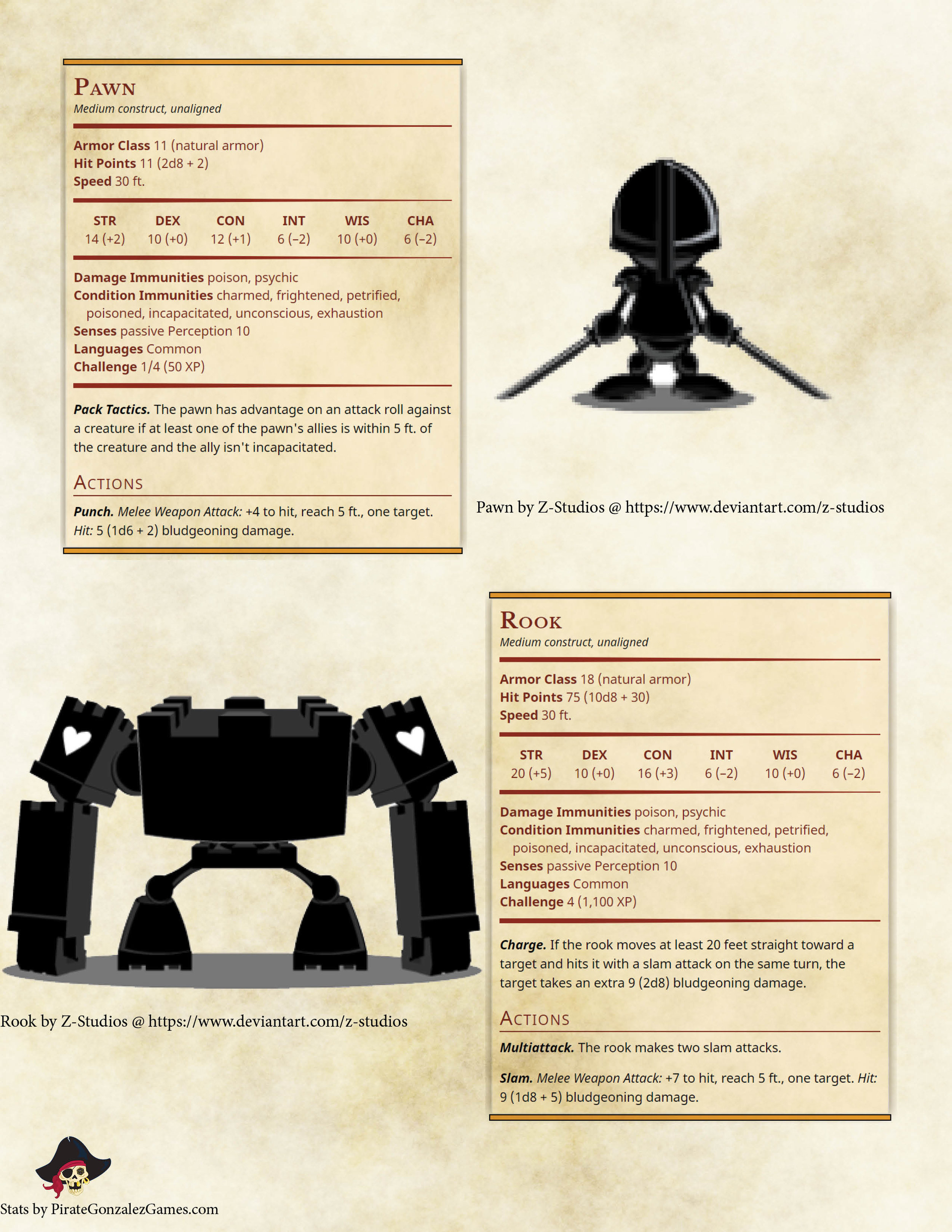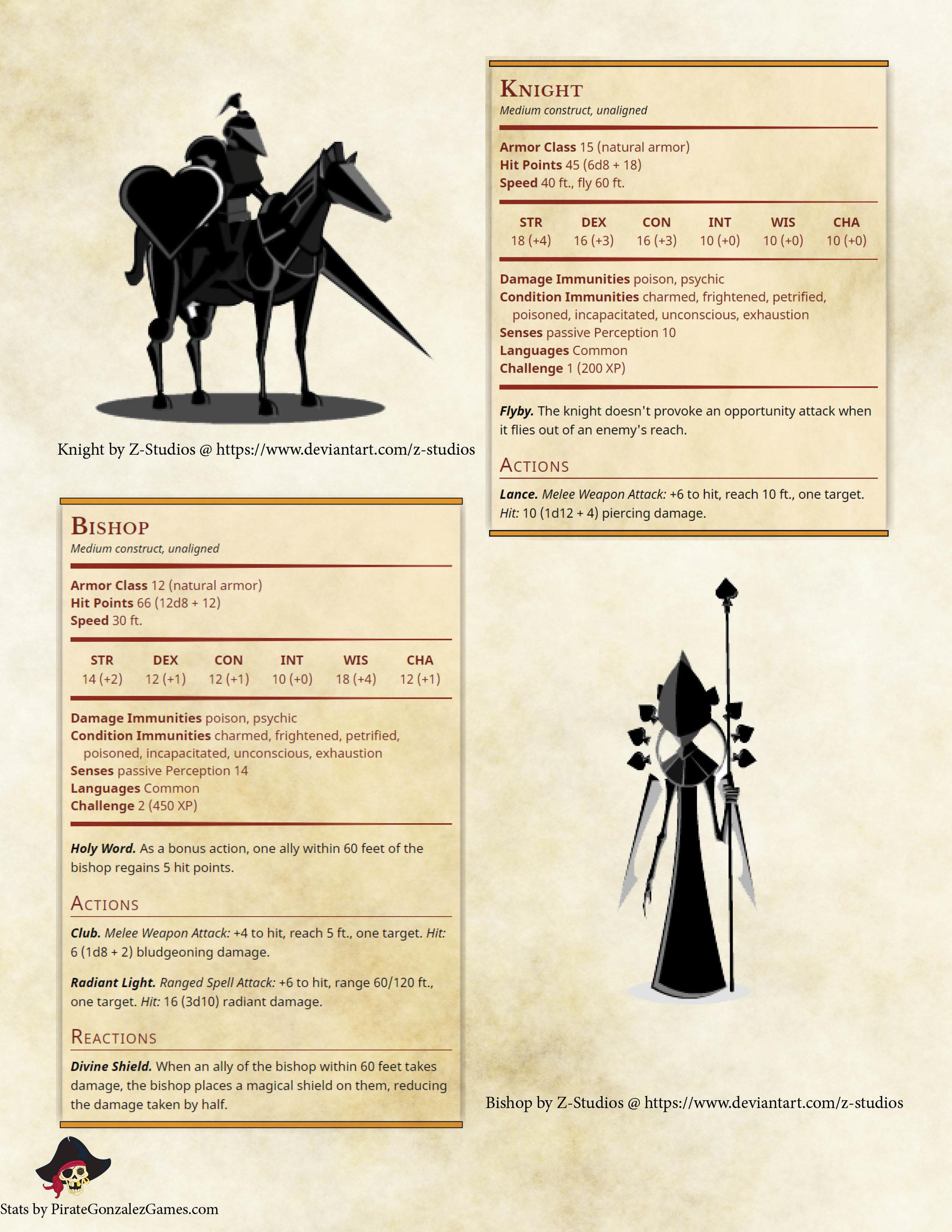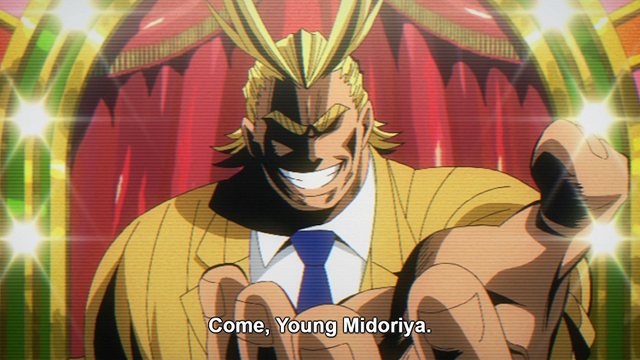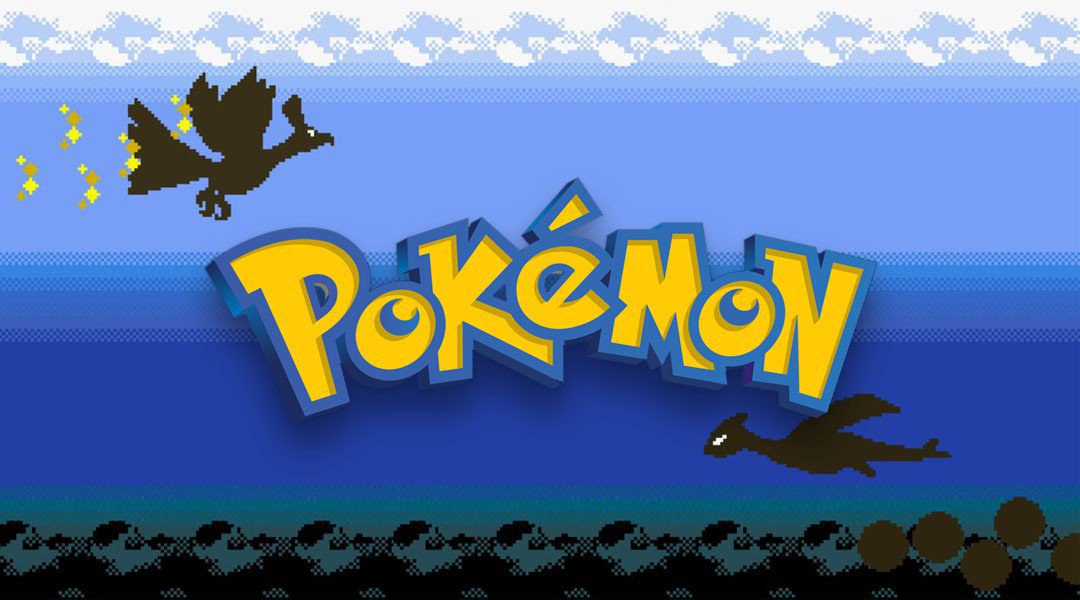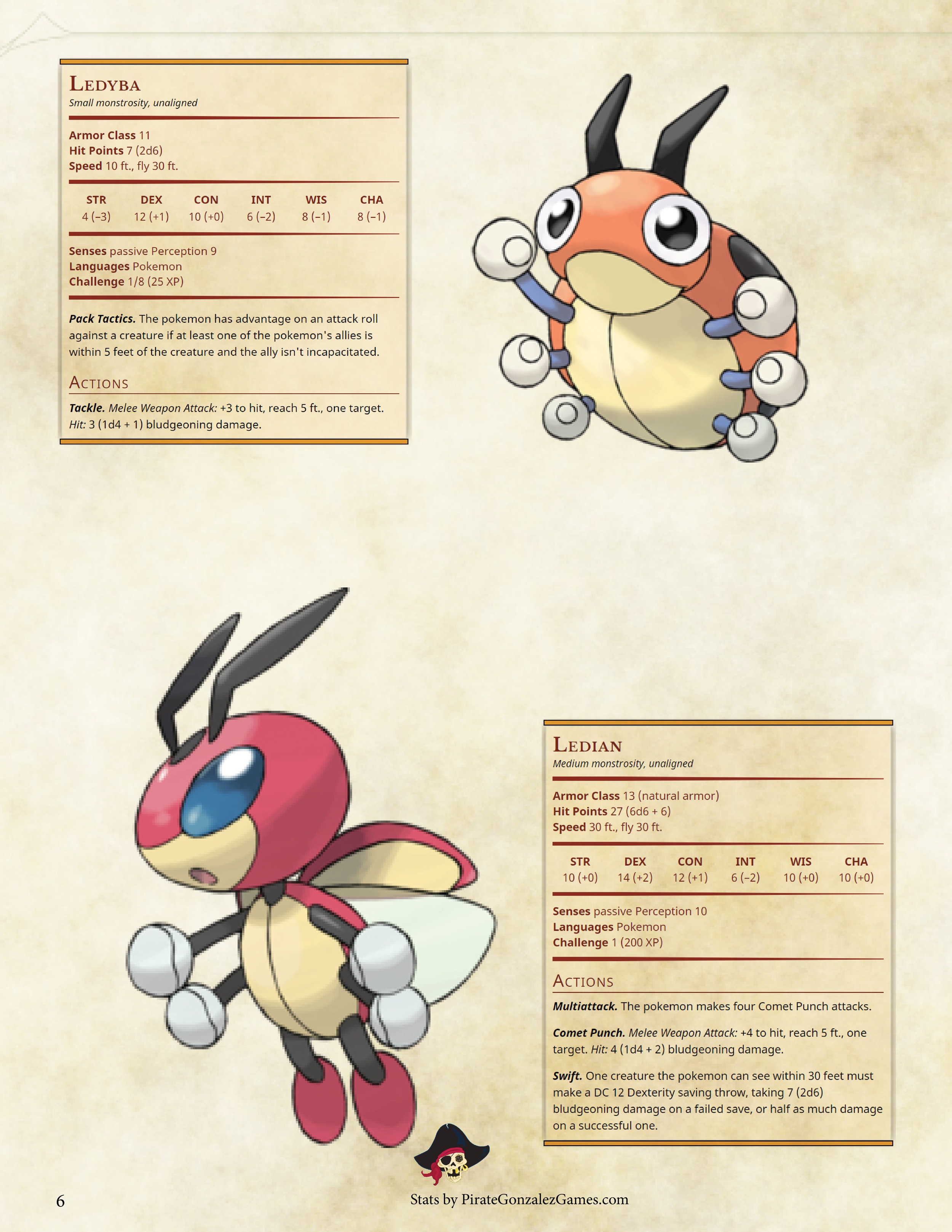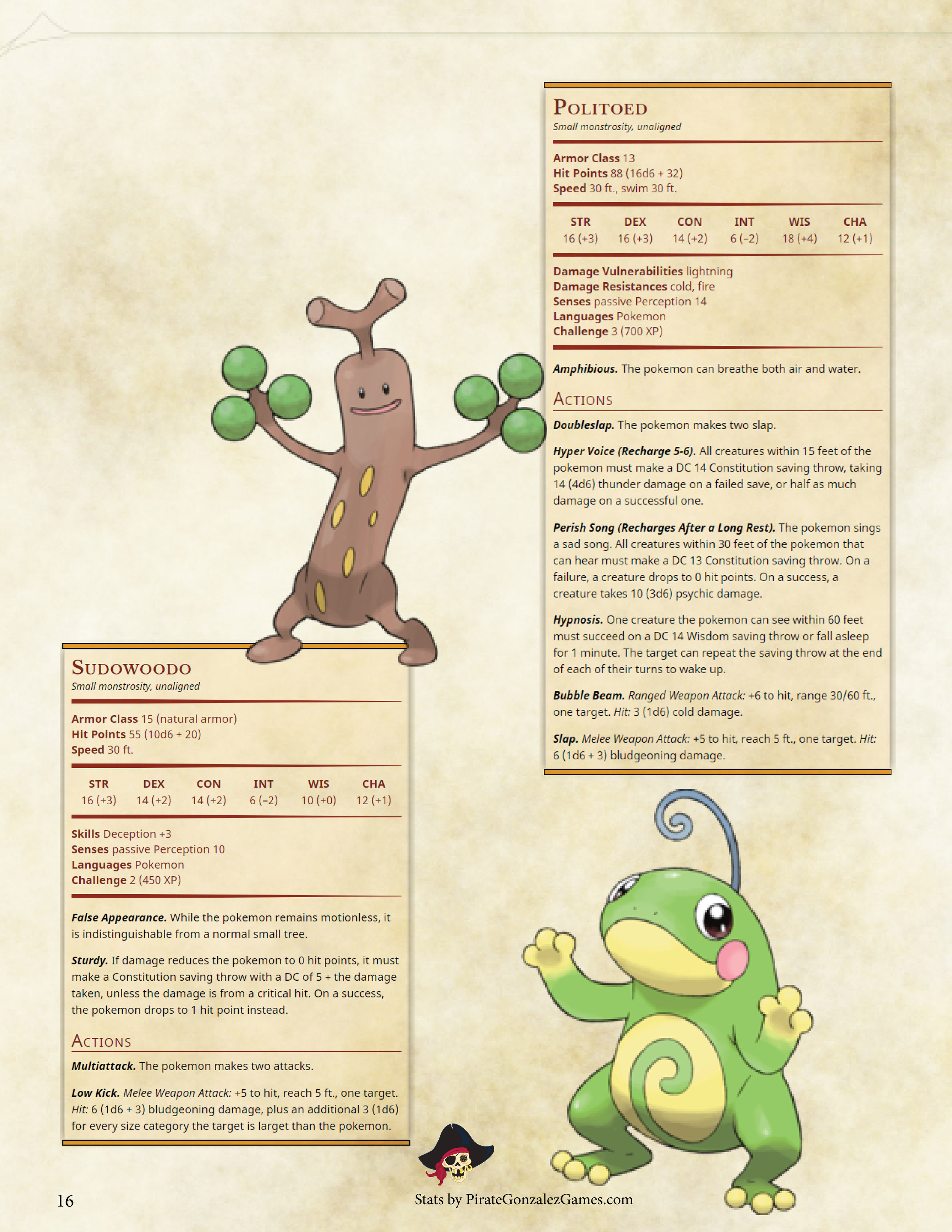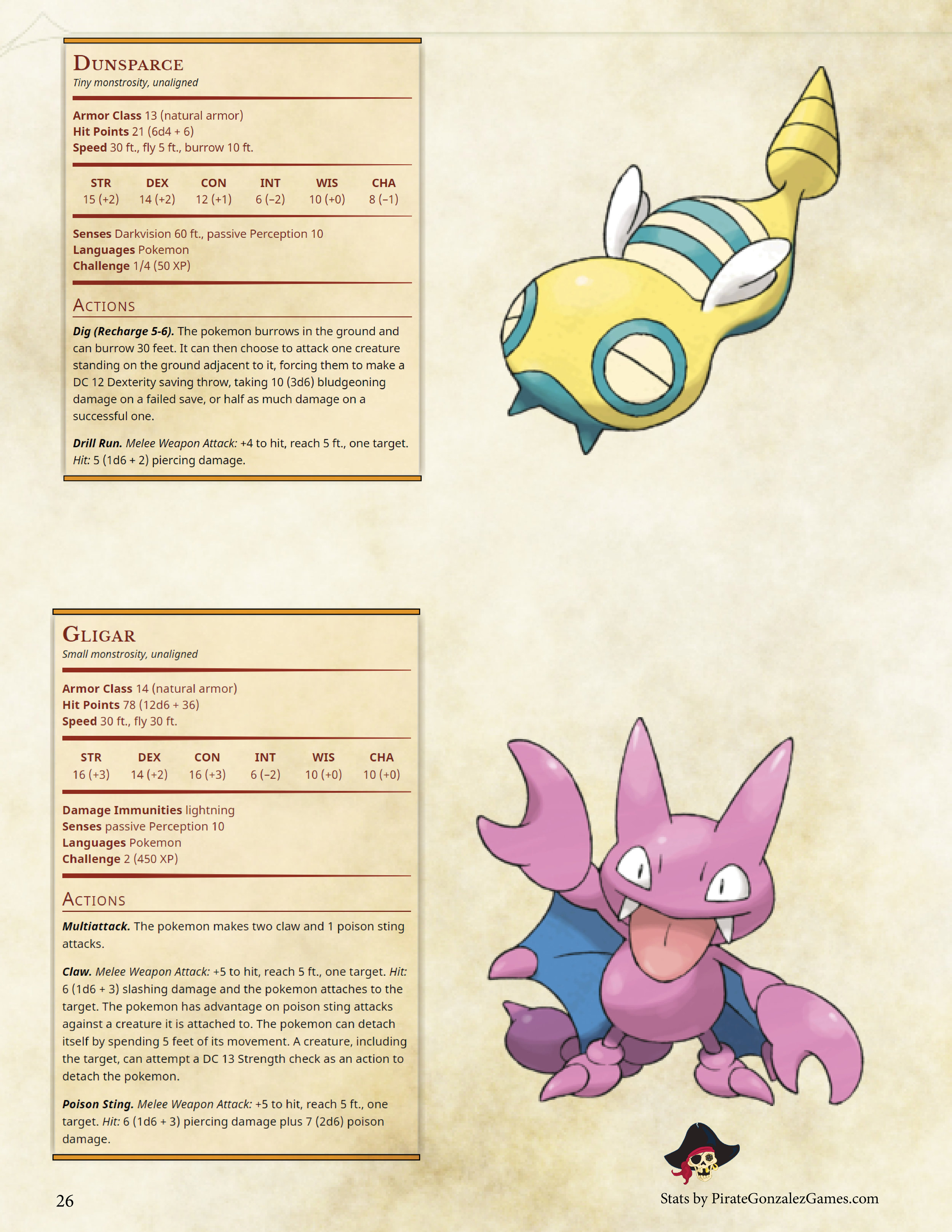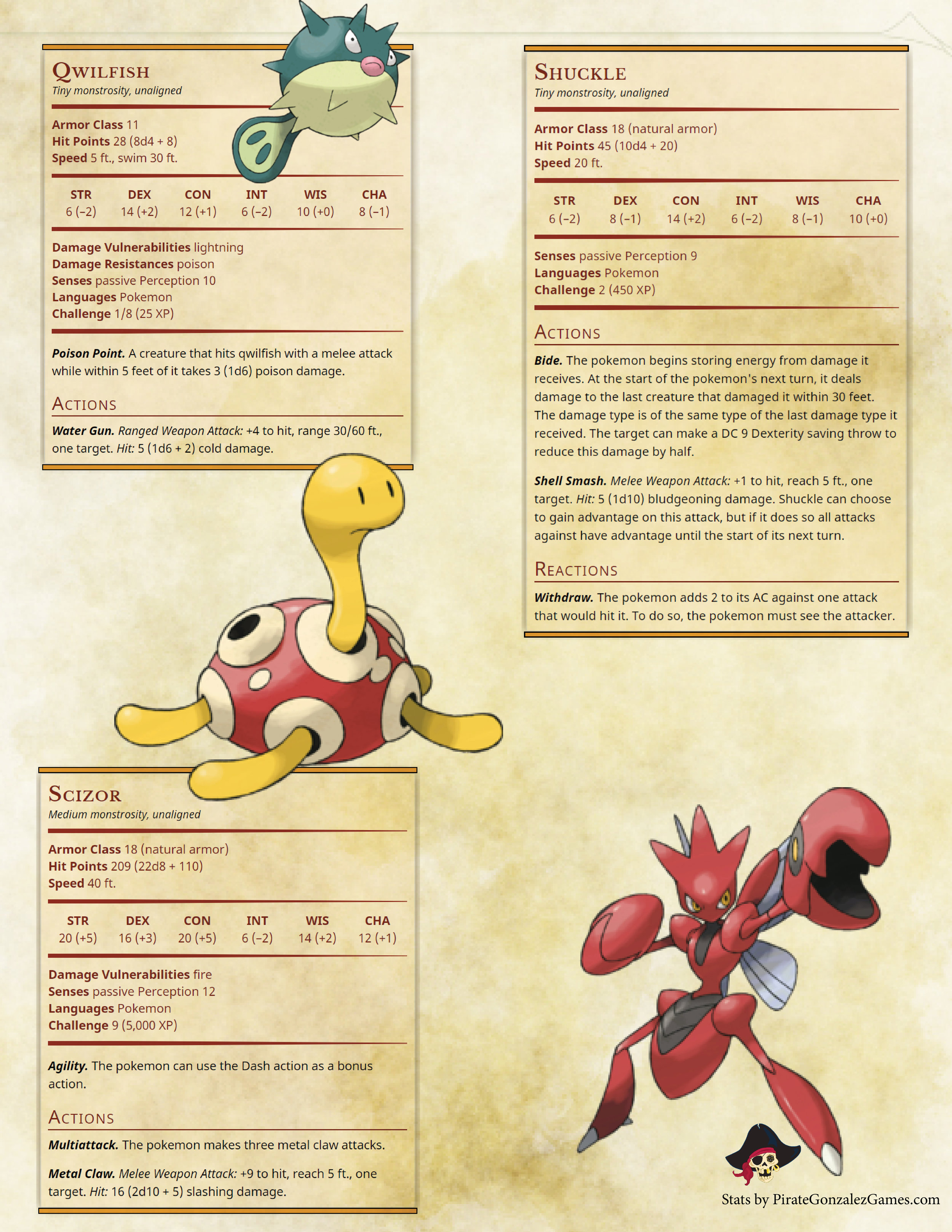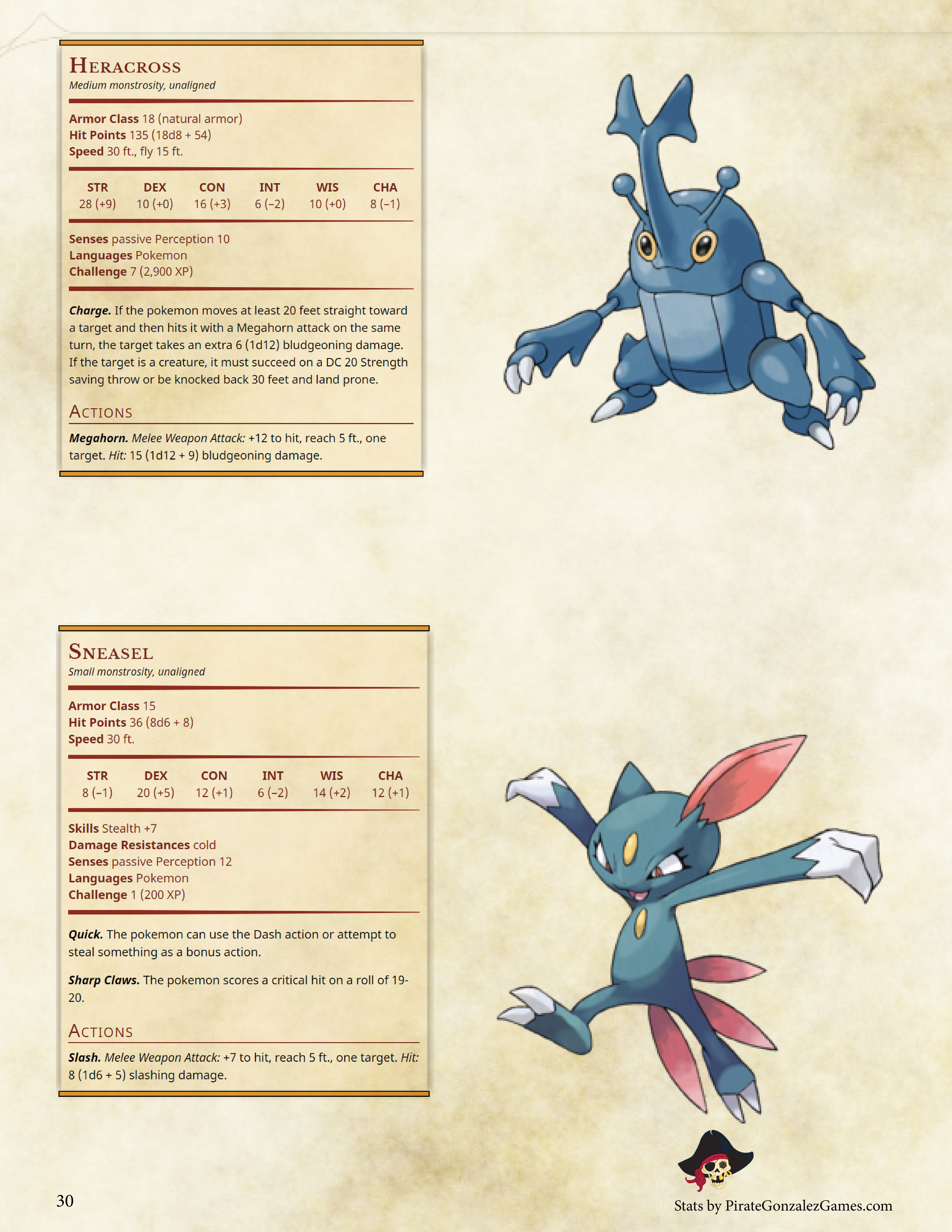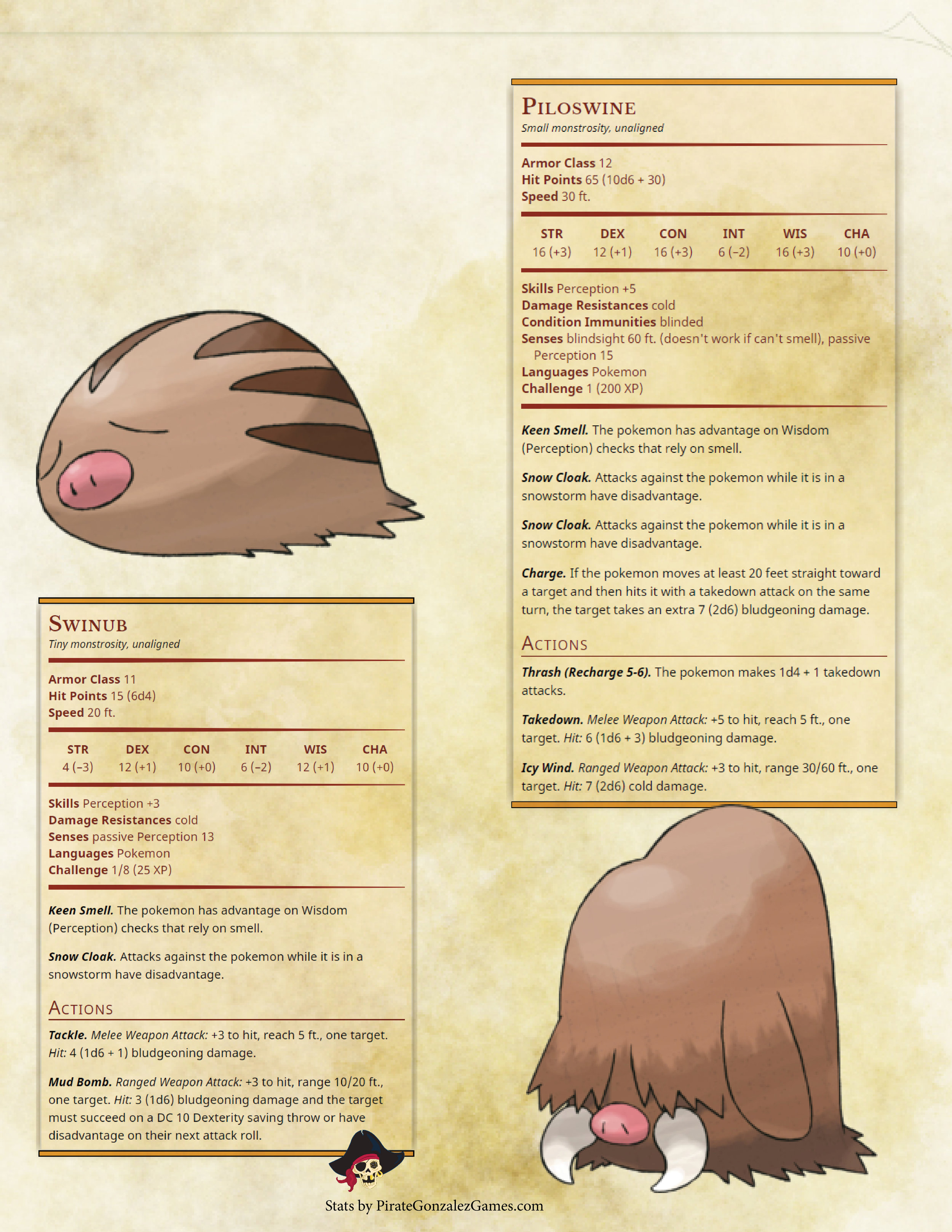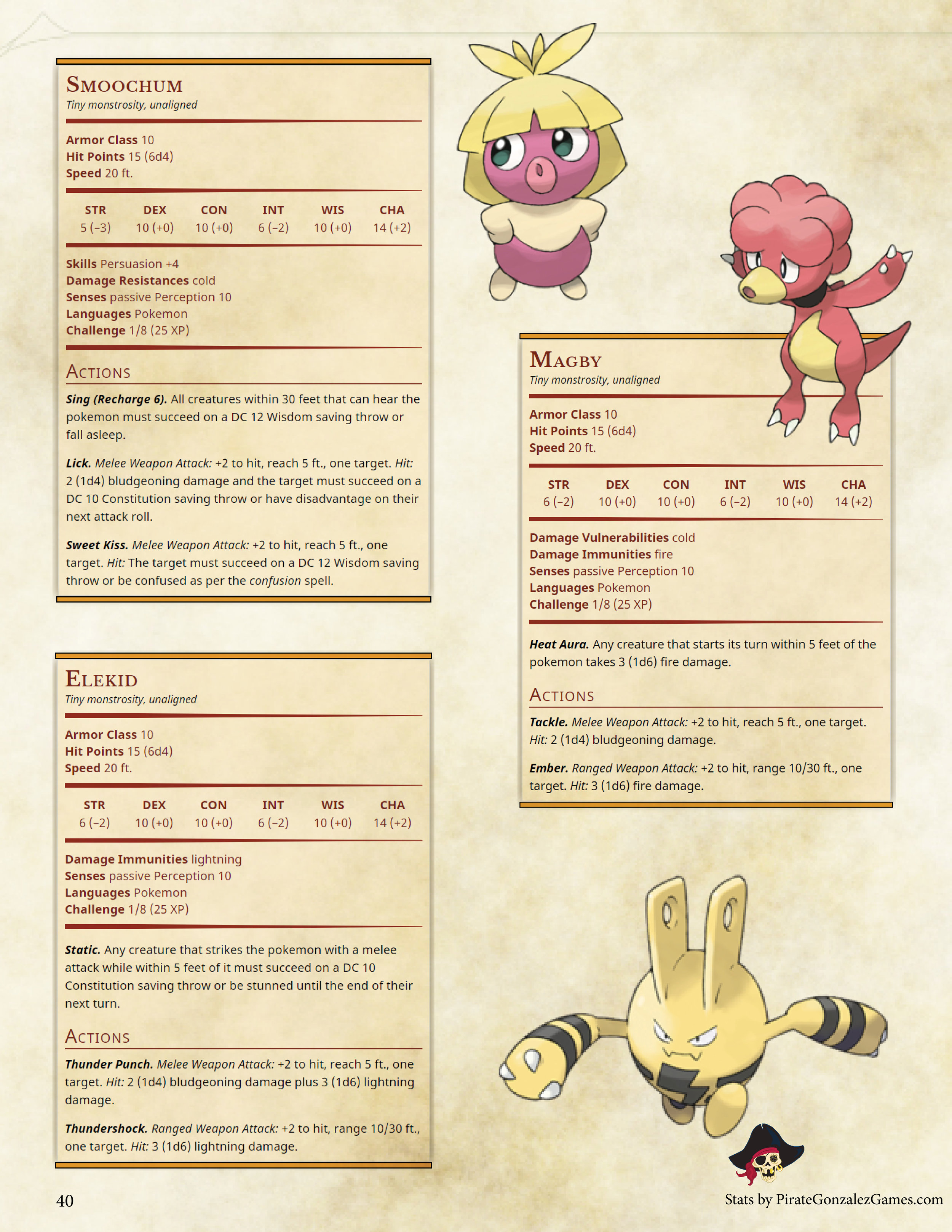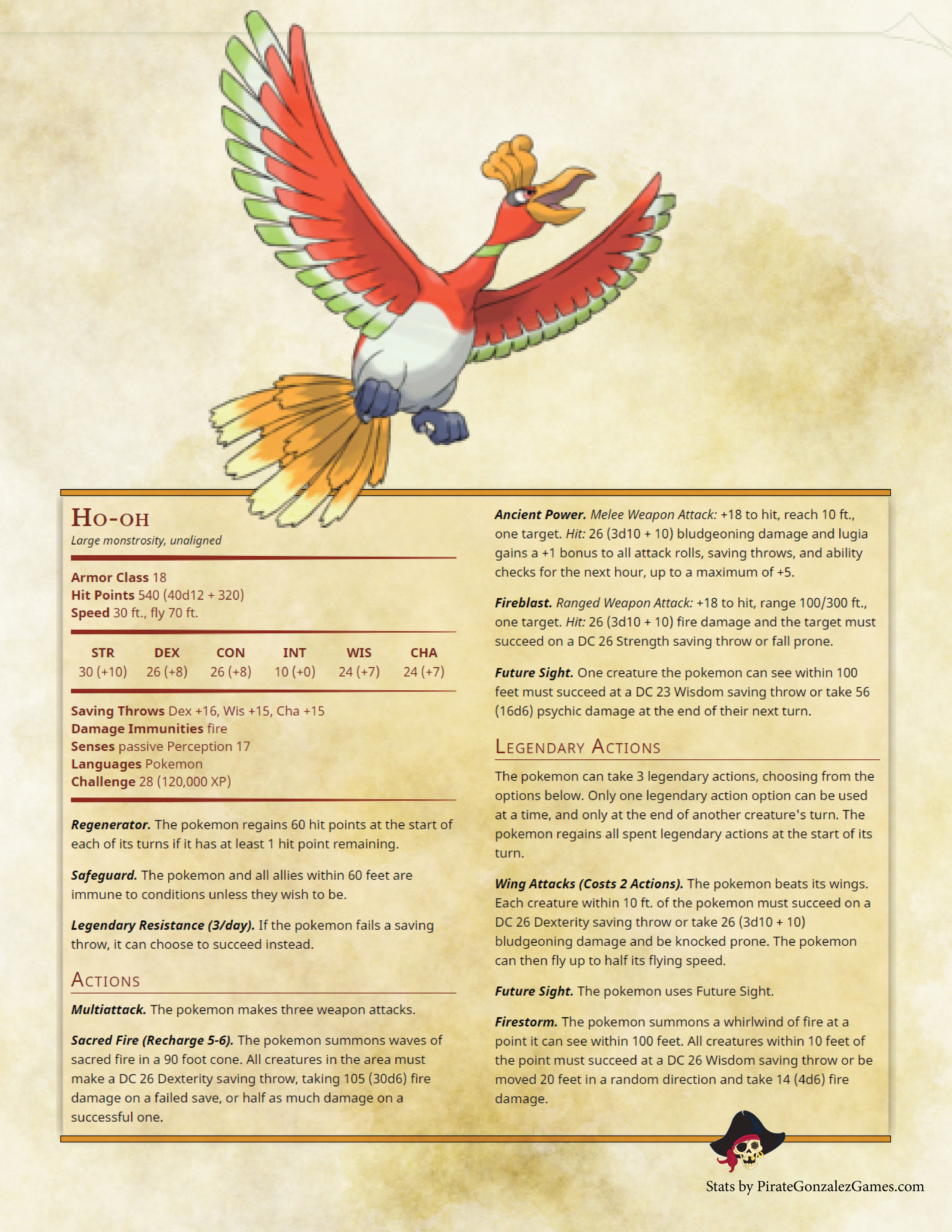Coin Zombies
/Moneeeeeeey
Zombies are slow. How do you make it easier for them to eat the brains of still-moving creatures? You make the prey WANT to come near the zombie!
Taken directly from 13th Age, the coin zombies prey on the greed of other creatures by compelling them to come closer.
Throw these baddies at your players for a fun variation on the zombie. I'll bet they see how much money they can get from them!
If you liked this, be sure to check out 13th Age, it's full of fun ideas like this!



